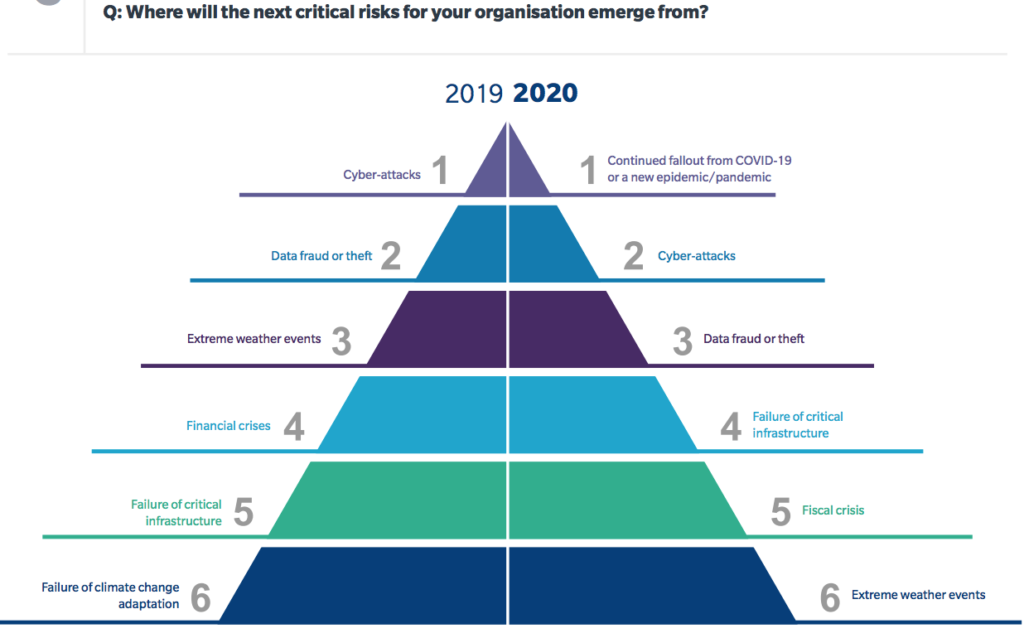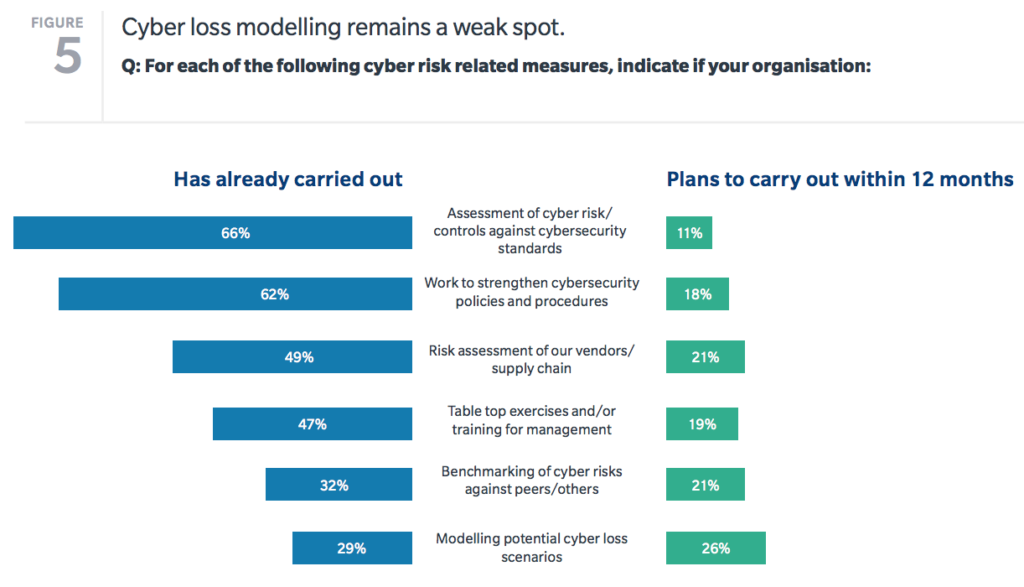When Twitter offered permanent
work-from-home status to all of its 4,600 employees in response to the COVID-19
pandemic, it did so with a $1,000 stipend per employee to furnish and set up
functional home office spaces.
For many organizations, such a
sweeping move would carry higher risk as more employees, especially those not
trained in company spending policy, would be expensing items. During COVID-19,
enterprises of all sizes contend with the changing financial implications of adjusting
business practices.
Data scientists at Oversight—a global
leader in spending management technology—saw out-of-pocket spending increase
17% from April to May and expected this number to rise further in June as more
employees without a corporate card make COVID-related expenses. These findings
are published in the company’s Spend
Insights Report, which analyzed information derived
from customer interviews, market observations and Oversight data.
Several Oversight clients
reported finding big-screen TVs and soundbars on expense reports for
work-from-home setups. Any of these could ultimately be for personal use or
resold for personal gain. One client found that one of its employees spent $7,000
in corporate funds to set up a new home office space.
The months since COVID-19 forced
employers everywhere to pivot their office strategies and open expensing
capabilities to a broader subset of the employee base. As a result, the
fundamental assumptions about spending and risk management in finance
operations no longer apply.
New patterns of risk are
emerging from these new transactions. However, finance operations teams that
take the time to analyze these patterns can develop best practices.
Five key lessons enterprises should understand about spending risk in the 2020 business environment are:
1. Good and Bad Spending Have Reversed Roles
When the rapid shutdown of normal business operations forced the global workforce to shelter in place, travel discontinued abruptly. Airline and transportation activity plummeted in both March and April, as did hotel spending. But purchasing activity was higher than expected in the high-risk categories of mail/phone orders and miscellaneous stores (including merchants such as Amazon, Best Buy and Apple), while out-of-pocket expenditures in the name of business continuity increased dramatically. The result was a business scenario in which much of the historically “good” spending, like travel expenses, was suddenly deemed wasteful to the organization. In contrast, much of the traditionally categorized “bad spending” was now necessary.
2. The Pattern of Risk is Shifting, As is Mitigation Collaboration
Because the risk looks significantly different than it did before the pandemic, finance operations teams are applying more scrutiny to employee spending, and collaborating more. Operations teams are engaging more than ever with counterparts in forecasting, tax and audit to navigate the nuances of risk during the crisis, creating a new best practice that makes identifying and mitigating spending risk easier.
3. Rising Miscellaneous and Out-of-Pocket Costs Cause Payment Platform Risk
Third-party payments increased 40% year-over-year in April according to the Spend Insights Report, as the pandemic drove a significant increase in online shopping activity. That shift to online—as reflected in rising miscellaneous and out-of-pocket spending—was often processed using third-party payment platforms like PayPal and Stripe. When employees spend using these platforms, organizations are exposed to greater risk due to limited visibility into transaction and vendor data.
4. New People Spending is New Risk
Regardless of COVID-19’s impact on an organization, one good rule is that risk is a function of people. According to Oversight data, 70% of employees are good stewards of corporate funds. An additional 25% may make errors or act out-of-policy in certain circumstances, but these individuals are not intentionally involved in waste or fraud. The remaining 5% of employees could use opportunities like COVID-19 to spend maliciously or otherwise act outside of corporate compliance guidelines. Every organization’s goal should be to engender visibility into the 5% of bad actors, while simultaneously seeking to better inform the remaining 25% about the steps they can take to adhere to policy.
5. Align your Teams and Tools to Ensure Visibility into Spending
By quickly understanding as an organization what employees are spending on today, and at what frequency, leaders will be better suited to manage and mitigate risk. While the profile may be different than before the pandemic, the same tools that guided visibility into spending and risk are available to help organizations understand and analyze spend in the new business climate.
The situation at most organizations is fluid. The essential take-away is to develop a framework and process for near-real-time awareness of employee spending and the associated risks. By recalibrating your sense of the necessary expenditures now, organizations can ultimately ensure continuous control over risks as they emerge.



